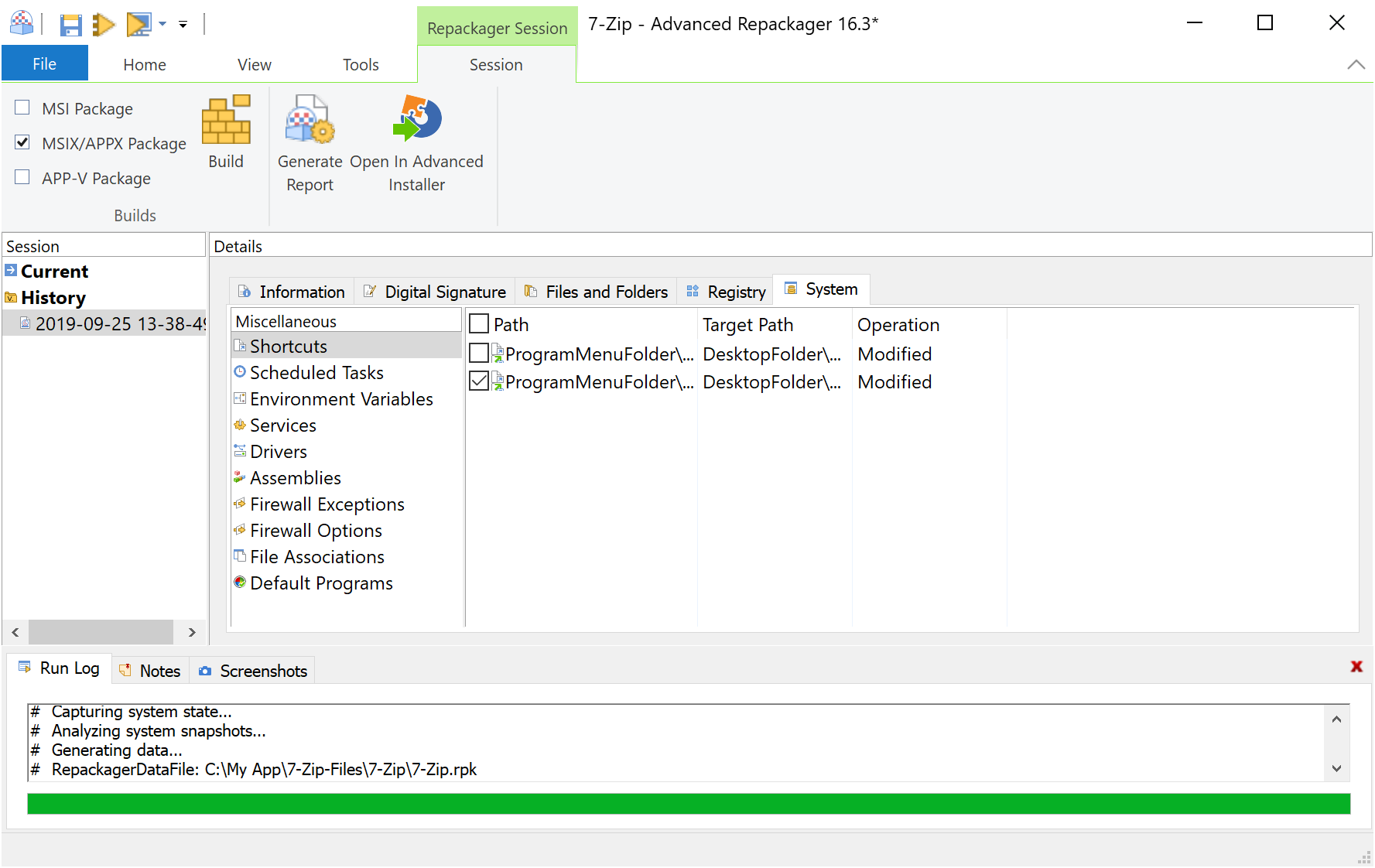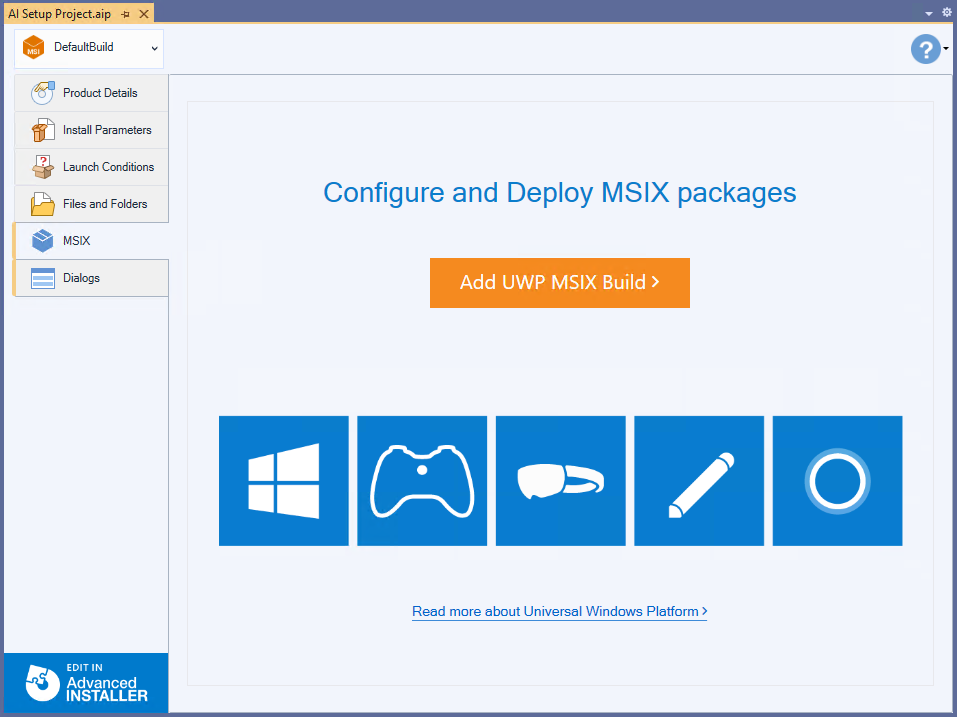

It's a paid product, but it offers a 30 days trial and also a free tier. In a real scenario probably you already have the setup created with Advanced Installer but, to understand better how it works, let's create a new one.įirst you need to download and install the latest Advanced Installer version.

We're going to use Advanced Installer to create a MSIX package, together with a MSI. However, the main difference is that, this time, the solution doesn't have a Windows Application Packaging Project. This means that we are not forced to create a self-hosted agent where to manually install the tool, but we can leverage the built-in agents provided by Azure DevOps.Īs a starting point, I will use a simple Windows Forms application called MyEmployees, which I have used also in other posts. And, most of all, the task is able to download the most recent version of Advanced Installer and install it on the machine without requiring any user intervention. Why did I choose this product? Well, other than because it's a really good software, the Advanced Installer team has created a task for Azure DevOps which is able to build an Advanced Installer project stored on the repository. What about enabling a CI/CD pipeline in this scenario? In this blog post we're going to see an example on how to achieve this task with Advanced Installer. Additionally, thanks to these tools, you have the opportunity to use the same project to generate at the same time a MSI and a MSIX, helping you to support customers who might not have migrated yet to Windows 10 and who are unable to use MSIX Core (for example, because it's a consumer application). Popular authoring tools, like Advanced Installer, InstallShield or Wix, are able to generate a MSIX package out from an installer project, making easier to reuse the work you may already have done to generate MSI installers in the past.

However, in many cases you may already have an installer definition created with a 3rd party tool. And thanks to features like App Installer, we can easily deploy the generated MSIX package to a website and support automatic updates without changing the code or having to setup your own service.

Thanks to the Windows Application Packaging Project, we can easily automate the creation of a MSIX package simply by adding it to our solution and running a build. If you follow my activities, like the articles I publish on this blog or the recent book I've published about MSIX, you'll know that one of the reasons why I like MSIX from a developer perspective is that it makes really easy to enable a CI/CD pipeline for Windows desktop applications. This post has been republished via RSS it originally appeared at: New blog articles in Microsoft Tech Community.


 0 kommentar(er)
0 kommentar(er)
